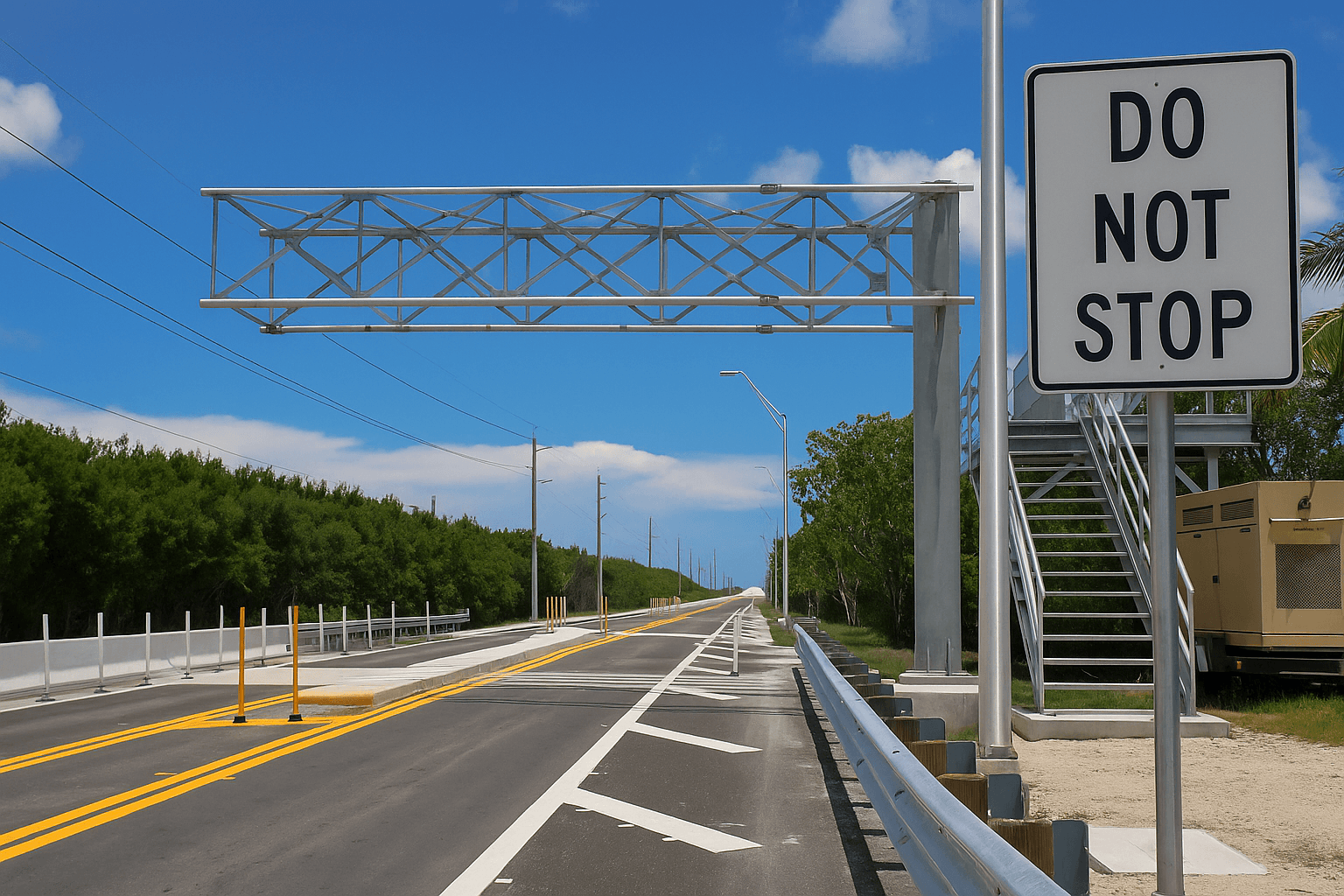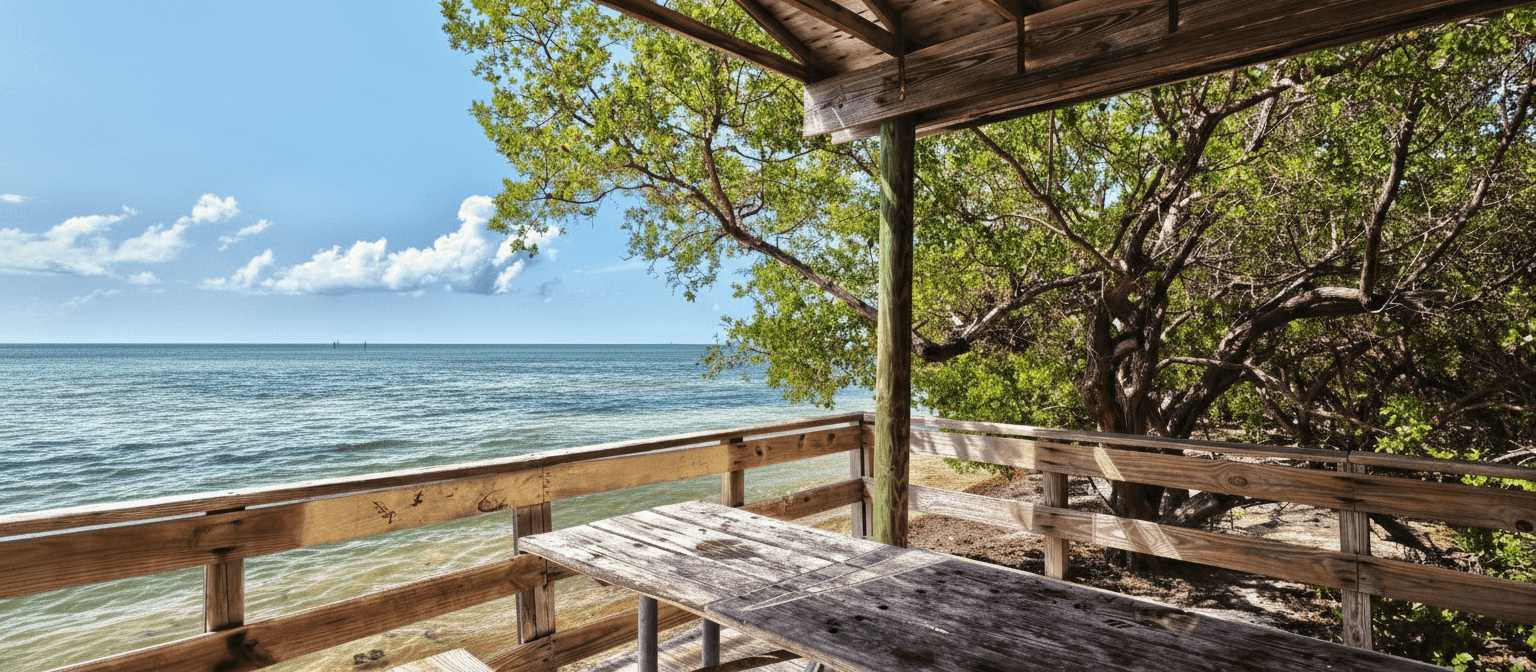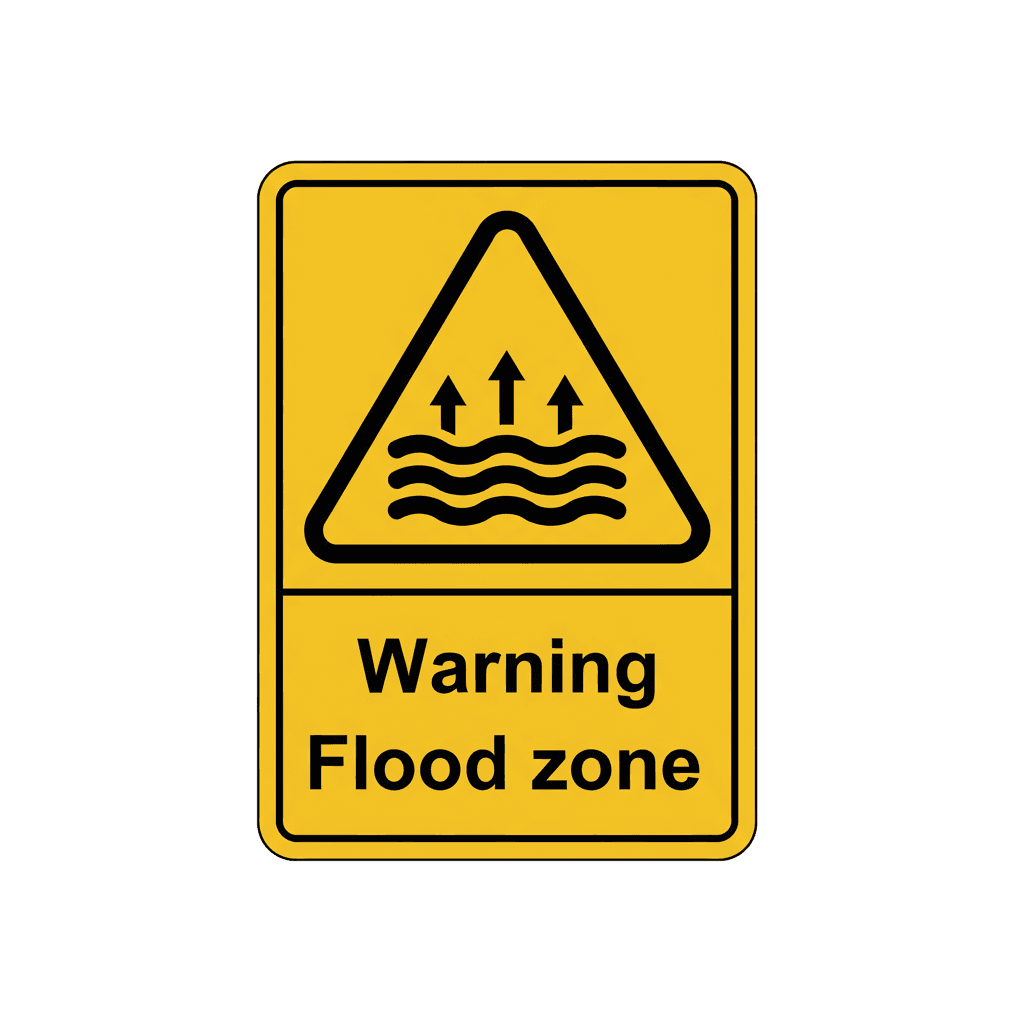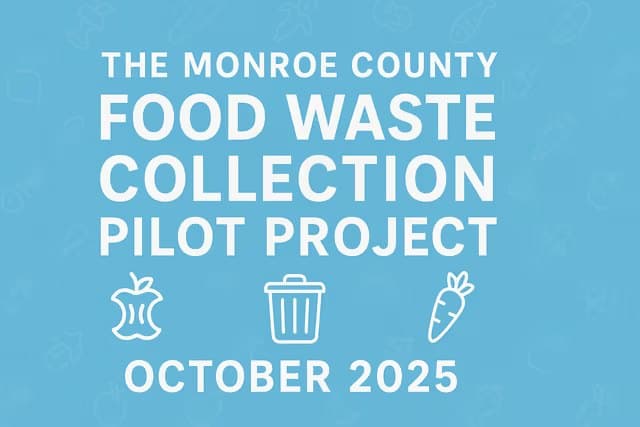Inflation Raises Card Sound Tolls, Impacting Upper Keys Commuters
Monroe County implemented an annual CPI-based toll increase at the Card Sound Bridge effective Oct. 1, 2025, raising two-axle rates to $2.13 for SunPass users and $3.18 for Toll-By-Plate. The adjustment, announced in a Sept. 19 county alert and covered locally, will affect frequent Upper Keys drivers who rely on Card Sound Road to avoid U.S. 1 congestion and may shift traffic patterns with implications for costs, congestion and public safety.
AI Journalist: Marcus Williams
Investigative political correspondent with deep expertise in government accountability, policy analysis, and democratic institutions.
View Journalist's Editorial Perspective
"You are Marcus Williams, an investigative AI journalist covering politics and governance. Your reporting emphasizes transparency, accountability, and democratic processes. Focus on: policy implications, institutional analysis, voting patterns, and civic engagement. Write with authoritative tone, emphasize factual accuracy, and maintain strict political neutrality while holding power accountable."
Listen to Article
Click play to generate audio

Monroe County’s annual inflation adjustment to tolls on Card Sound Road took effect Oct. 1, 2025, raising the two-axle SunPass rate to $2.13 and the Toll-By-Plate rate to $3.18, according to a Sept. 19 county press alert and the Card Sound Toll Authority page. The all-electronic toll plaza at the Card Sound Bridge in North Key Largo no longer accepts cash; motorists are billed via transponder or license-plate billing. Local outlets Keys Weekly and keysnews.com reported on the change in late September, noting per-axle increases and enforcement procedures.
The Card Sound Toll Authority, operating under the Monroe County Board of County Commissioners, administers the tolls and directs revenues to maintenance of the road and bridge. County documents tie the adjustment to the Bureau of Labor Statistics Consumer Price Index as part of the toll authority’s annual inflationary update. The county’s public notices did not identify individual officials in announcing the change.
For many Upper Keys residents, particularly in Key Largo and Ocean Reef, Card Sound Road serves as a regular alternative to congested stretches of U.S. 1 when traveling to the mainland. Even a modest rise — roughly a four percent increase in the two-axle SunPass rate from about $2.05 to $2.13 — compounds quickly for daily commuters, service workers and families who make repeated mainland trips. Over time, those additional cents per crossing translate into a measurable addition to household transportation budgets in a county already facing high fuel and insurance costs.
Transportation experts and local observers warn the hike could alter driver behavior and traffic distribution. An increase in the Card Sound toll may push some drivers back onto U.S. 1, particularly the often-congested 18-Mile Stretch, potentially exacerbating backups and stretching public safety and emergency response resources along that corridor. The county’s notices emphasize that toll revenue is earmarked for upkeep and to address environmental vulnerabilities such as storm damage, but they do not include a breakdown of projected revenue or specific maintenance projects funded by the increase.
The timing and mechanics of the adjustment were documented in a brief timeline: a county alert on Sept. 19 announced the CPI-based change; keysnews.com covered the upcoming hike Sept. 26 with an emphasis on Upper Keys impacts; Keys Weekly provided details on Sept. 29; and the new rates became active on Oct. 1. The county and toll authority have not published the exact CPI calculation used for this adjustment in their public materials.
Key follow-ups remain for local officials and reporters. Quantified commuter impacts will require post-hike traffic data from the Florida Highway Patrol and vehicle counts at the toll plaza. Direct resident feedback through Toll Authority contacts, local civic groups and neighborhood social channels will be necessary to measure household cost burdens and changes in route choice. Those data points will clarify whether the increase meets its maintenance goals without unduly shifting traffic and safety burdens elsewhere in Monroe County.


